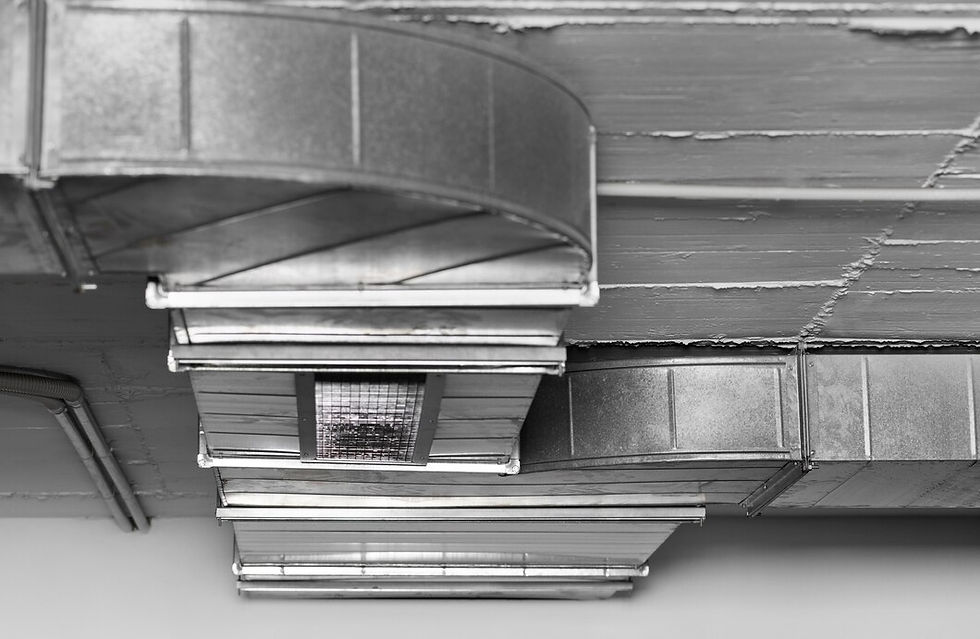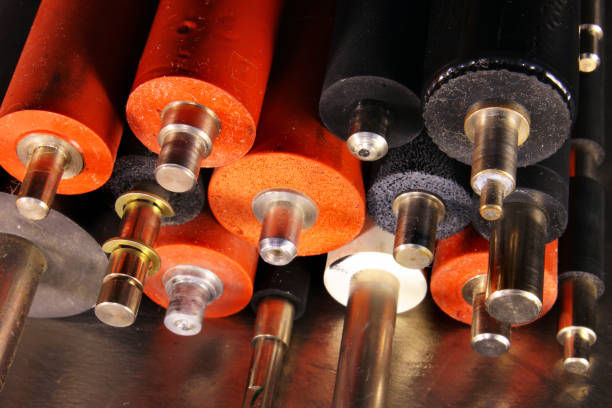Step-by-Step Guide to Installing Affordable Immersion Heaters
- bucanelectric
- Dec 4, 2024
- 5 min read
When it comes to heating water efficiently, immersion heaters are a popular choice. Whether you're heating water for domestic use or industrial applications, immersion heaters are reliable and cost-effective solutions. If you're considering installing an immersion heater, this step-by-step guide will walk you through the process, ensuring a smooth and safe installation.

What Are Immersion Heaters?
Immersion heaters are devices that use electrical resistance to heat water. The heating element is immersed in the water, directly transferring heat to it. This type of heater is commonly used in hot water tanks, storage cylinders, and industrial applications. Affordable immersion heaters are highly energy-efficient and can be an excellent choice for homes, workshops, or factories.
For those looking for specialized heating solutions, a Reliable Drum Heater can also be a great option to keep substances like liquids or chemicals at an optimal temperature. While both immersion heaters and drum heaters work on similar principles, they have distinct uses. Drum heaters are specifically designed for use with drums or containers, while immersion heaters are ideal for general water heating.
Preparation Before Installation
Before beginning the installation, ensure that you have all the necessary tools and equipment. Here's a list of what you'll need:
Affordable immersion heater unit
Power source (electrical connection)
Insulation material (if required)
Adjustable wrench or pliers
Screwdriver
Wire cutters/strippers
Electrical connectors and cables
Gasket (if needed)
Additionally, it’s important to verify the specifications of the immersion heater you're installing. Make sure it is suitable for your water tank size and heating requirements. Also, ensure the power supply meets the heater's electrical demands.
Step 1: Turn Off the Power Supply
Safety should always be your first priority when working with electrical appliances. Before beginning the installation process, ensure that the power supply to the area where the heater will be installed is completely turned off. If you're unsure, consult with a professional to avoid any electrical mishaps.
Step 2: Position the Heater
Place your water tank or cylinder in the desired location. It’s important to ensure that the tank is level and stable to prevent any shifting once the heater is installed. If you're installing the heater in a drum or container, ensure that the drum heater is positioned appropriately to achieve maximum heating efficiency.
If you're installing an immersion heater in a large water tank, position the heater at a location where it will effectively heat the entire tank. Some immersion heaters can be installed horizontally, while others work best vertically. Check your unit’s manual for specific recommendations.
Step 3: Install the Heating Element
Affordable Immersion Heaters typically come with a heating element that is threaded, allowing you to screw it into place. You will need to attach the element to the tank carefully. Use a wrench to tighten it securely. If your immersion heater requires a gasket or sealing ring to prevent leaks, be sure to place it around the element before installation.
Make sure that the element is completely submerged in water once the installation is complete. This will prevent it from overheating and ensure it works effectively. Once in position, the heater should be tightly fastened, ensuring it won’t come loose during operation.
Step 4: Connect the Wiring
After securing the heating element, the next step is to connect the wiring to the electrical system. Most immersion heaters will come with an electrical cable that needs to be connected to a power supply. Depending on the type of heater, this could involve attaching the wires directly to a plug or connecting them to a power circuit.
Before doing this, verify the voltage and current ratings of the heater to match it with the correct electrical source. If you are unsure about how to connect the heater to the electrical system, it's recommended to consult a professional to prevent accidents.
When wiring the heater, ensure that all connections are tight and secure. This will help avoid any electrical faults or short circuits that could be dangerous.
Step 5: Insulation (If Needed)
In some cases, additional insulation around the immersion heater or tank may be necessary to improve energy efficiency. Insulation helps to minimize heat loss, keeping your system working more efficiently.
If the immersion heater you are installing is for a large system, such as in industrial applications, a reliable drum heater may also benefit from additional insulation to maintain an even temperature throughout. Insulation is particularly important if the heater will be in use for extended periods.
Step 6: Test the Installation
Once everything is in place and the wiring is connected, it’s time to test the system. Turn on the power supply and check if the immersion heater is working correctly. You should feel the water heating up within a few minutes.
Monitor the heater for a few hours to ensure there are no leaks around the installation site. If you notice any water leakage or unusual noises coming from the heater, turn it off immediately and check for any issues.
Step 7: Final Checks and Maintenance
After successfully installing the immersion heater, be sure to perform regular maintenance checks to ensure its longevity. Regularly inspect the heating element, wiring, and any insulation you may have added.
For optimal performance, clean the heater regularly to avoid scale buildup, which can affect the efficiency of the heater. Also, check the electrical connections periodically to ensure there are no loose wires or connections.
If you are using a drum heater, ensure that it is properly calibrated to avoid overheating or underheating. Overheating can cause damage to the drum contents, while underheating may result in inefficient heating.
Why Choose Affordable Immersion Heaters?
Affordable immersion heaters offer a cost-effective way to heat water efficiently. They are widely used in both residential and industrial applications, thanks to their simplicity and reliability. The affordability of these heaters makes them accessible for most people, without compromising on performance.
A reliable drum heater, on the other hand, is ideal for specific industrial applications, such as maintaining the temperature of liquids in drums or containers. These heaters are designed to provide controlled heat, ensuring that substances inside the drum stay at a stable temperature.
Bucan offers a range of high-quality immersion heaters that can suit various needs. Whether you're looking for a compact solution for your home or a more robust system for industrial use, Bucan has a solution for you.
Conclusion
Installing an immersion heater is a straightforward process if you follow the steps carefully. From ensuring the heater is properly positioned to wiring the electrical components securely, every step is essential for ensuring optimal performance and safety. By using affordable immersion heaters, you can enjoy reliable hot water for your home or business without breaking the bank. Always consult with a professional if you’re unsure about any part of the installation process, especially when dealing with electrical connections.



Comments